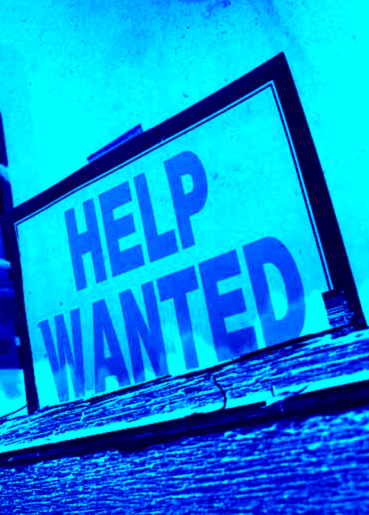Jobless rate grows
 The Australian unemployment rate experienced a slight rise of 0.2 percentage points, reaching 3.7 per cent in July.
The Australian unemployment rate experienced a slight rise of 0.2 percentage points, reaching 3.7 per cent in July.
The Australian Bureau of Statistics (ABS) says that despite this uptick, data reveals a nuanced job market with various trends at play.
Bjorn Jarvis, the head of Labour Statistics at ABS, says the increase was propelled by a decrease of around 15,000 people employed and an increase of 36,000 people categorised as unemployed.
Jarvis underlined that these shifts were influenced by factors such as school holidays, which impact patterns of employment and leave.
“The fall in employment follows an average monthly increase of around 42,000 people during the first half of this year. Employment is still around 387,000 people higher than last July,” he said.
The employment-to-population ratio dipped by 0.2 percentage points to 64.3 per cent, while the participation rate decreased by 0.1 percentage point to 66.7 per cent.
Jarvis indicated that despite these declines, both indicators remained above pre-pandemic levels and close to historical highs.
Monthly hours worked increased by 0.2 per cent in July 2023, counterbalancing a 0.1 per cent drop in employment.
Jarvis pointed out that this surge in hours worked indicated a robust labour market. Over the past year, hours worked were 5.2 per cent higher than in July 2022, surpassing the 2.8 per cent annual employment growth.
Economic analysts speculate that the Reserve Bank of Australia (RBA) could reconsider any plans for further interest rate hikes in light of these figures.
Particularly, the data showcased the most substantial monthly plunge in jobs since the COVID-19 pandemic's onset and significant spikes in unemployment in key states such as New South Wales and Queensland.
Shortly after the RBA's recent meeting minutes hinted at a potential “turning point” in the job market, ABS data unveiled a 0.2 percentage point surge in the unemployment rate, marking 3.7 per cent in July.
The data indicated a noteworthy drop of 14,600 in total employment, representing the most significant monthly decrease in jobs since October 2021. The count of unemployed individuals increased by 35,600.
New South Wales bore the brunt of this trend, with the jobless rate rising by 0.4 percentage points to 3.3 per cent. Queensland experienced an even more substantial 0.8 percentage point increase, leading to a 19-month high of 4.5 per cent unemployment.
Despite these challenges, certain areas showcased resilience. Female unemployment in Victoria reached an all-time low of 3.3 per cent, attributed to 5,400 women entering the job market. Over the past year, 90,600 more Victorian women secured jobs, with two-thirds of them in full-time roles.
As the job market's dynamics continue to shift, economists and financial markets are closely monitoring the Reserve Bank's stance on interest rates.
The RBA had maintained official interest rates at 4.1 per cent in recent months, but the rise in unemployment may influence further decisions.
Cherelle Murphy, Chief Economist at EY, has attributed the unemployment increase to the RBA's earlier rate hikes, aligning with the RBA's projection of a year-end unemployment rate of 3.9 per cent.
Ben Udy, Lead Economist at Oxford Economics Australia, says the new jobs data could dismiss any expectations of a rate hike in September.
Despite the fluctuating job landscape, wage growth remains moderate. Data from the bureau confirmed that although the average weekly full-time adult wage hit $1,838 in May, a 3.9 per cent increase in the past year, inflation grew by 5.5 per cent during the same period. This suggests a slowdown in wage growth.







 Print
Print